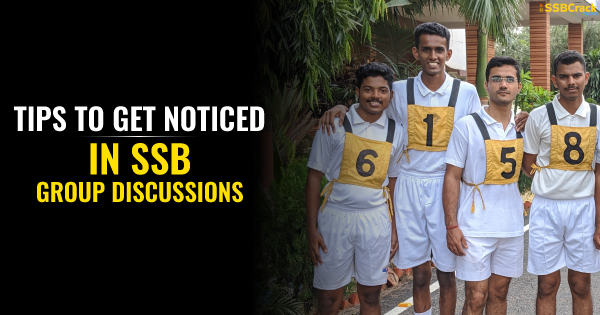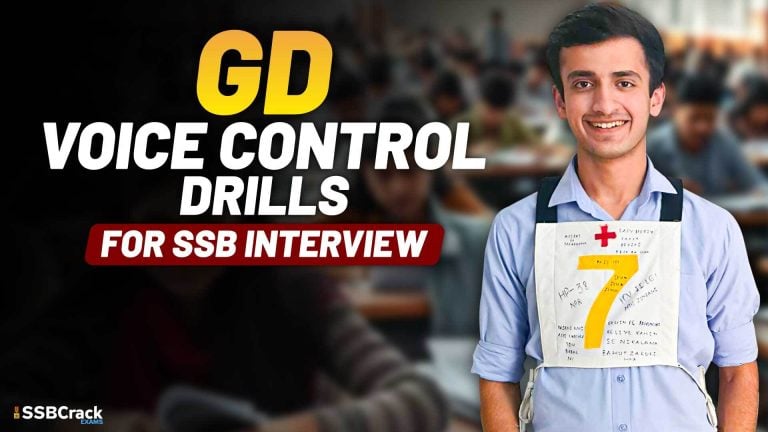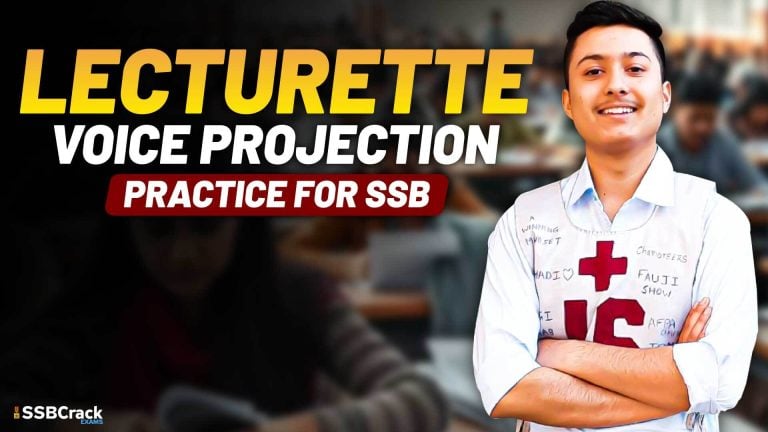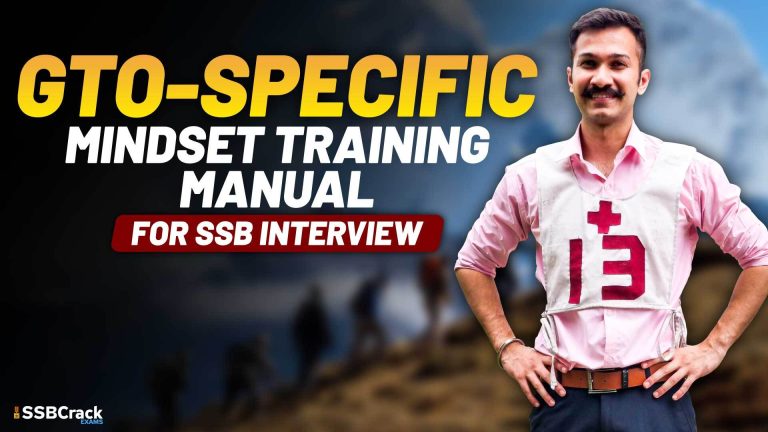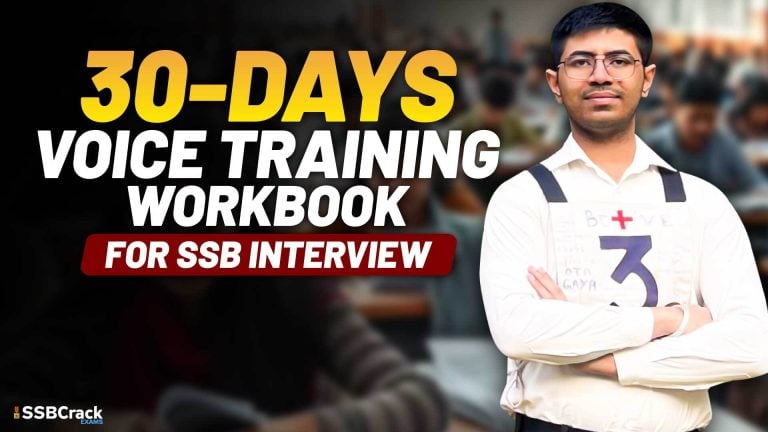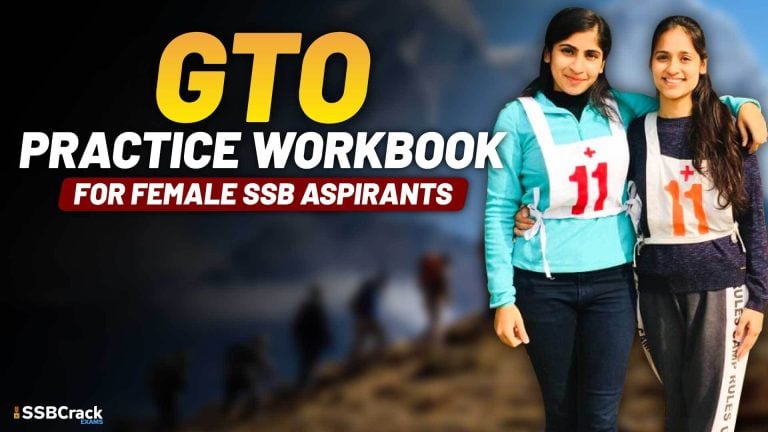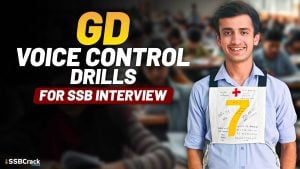‘PLAN YOUR CASTLE IN THE AIR AND THEN BUILD A SHIP THAT CAN TAKE YOU THERE…’ Group discussions have now become the sine qua non of every selection procedure. A group discussion is conducted to examine various leadership skills such as communication, rational, analytical, interpersonal, etc. A group discussion in SSB is conducted as a part of the PPDT test as well as a part of GTO tasks. And therefore, it is very important to perform your best in it. To ensure your presence in GD, initiating it successfully is the first and most direct chance for a candidate to bring out several traits such as preparedness, initiative, and leadership, and impress upon the group the plan and direction of the discussion to follow.
The success mantra in any Group discussion is simple- Read, learn, and share with others. This is how you start developing and enhancing your strong opinions. People say that reading is very important, but they forget that reading gives a ‘repository of ideas’ and you form your viewpoints only when you share with others.
So what are those tips that make you noticeable in a group discussion? You may get a lot of Do’s and Don’t’s for a group discussion but the most fundamental and crucial techniques for getting noticed are Initiating, Leading and Concluding a GD. Now let’s discuss how?
- Initiate the GD
- By beginning a Group Discussion, you not only grab the opportunity to speak but also you grip everybody’s attention.
- By starting a GD, you will get maximum uninterrupted and continuous-time to put forward your views, ideas, and skills to the assessor as other members are still busy understanding the topic.
- Try to make an impression through your content and communication and presentation skills while beginning a GD. Start only if you have properly understood the topic and have some knowledge about it.
- Try to give the right direction to a GD by giving logical points.
- Start a GD by giving a quote, definition, question, facts, figures and statistics, shocking statement, short story, or general statement.
- Do not consume a lot of time after beginning a GD as it will give an impression that you started a GD for sake of just starting it.
- If you have not started the GD, don’t lose heart. You can still enter the GD and make your presence felt.
- Enter the GD midway
- Identify a way to enter a Group Discussion, as every GD has its highs and lows. Try to enter a GD during low times.
- Try to enter the GD after a member has made his/her point but do not take much time.
- Try to enter by making a supportive or acknowledging statement in favour of the last point made as other members will think you are favouring them and they will let you speak.
- It takes great talent to speak sense continuously and hold everyone’s attention. Once you have made a breakthrough in the GD, try to drive the discussion towards a goal or some sort of conclusion.
- Lead and carry on the GD
- Try to bring and incorporate new ideas in the GD.
- You can creatively modify ideas presented by others and develop them during the GD.
- Try to obtain support from other members of the Group Discussion through your body language, eye contact and oral etiquette.
- Find out if the Group Discussion is on track or not. If the GD is going off track, try to bring it back on the topic. Take the initiative.
- This is your last chance to seize attention. Concluding the GD is as important as the beginning as it showcases your potential to assimilate and assess before drawing an inference, which is a key requirement of a successful manager.
- Conclude the GD
- Summarise all points discussed in the GD in a nutshell.
- While concluding, avoid raising new points.
- Do not emphasise your individual viewpoints only while summarising the GD.
- Keep the conclusion concise and to the point. While summarising, include all important points that developed during the group discussion.
- If one member has inferred the Group Discussion, do not contradict unless the conclusion has flaws or you have some essential point to add to it.
Roles you can play in a GD to get noticed:
- Initiator – Starting a GD, giving definitions and suggesting and introducing new ideas and approaches.
- Information seeker – In the GD, gather and solicit information from others.
- Information giver – During GD share information and facts.
- Procedure facilitator – Lead the GD by keeping track of the discussion.
- Opinion seeker – Ask other members of the GD for their opinion.
- Opinion giver – Giving your opinions and views in the GD on the statement or argument given by the other members.
- Clarifier – Clarifying all the ideas and opinions discussed during the GD.
- Social Supporter – Giving support to ideas of all members of the GD.
- Tension Reliever – Presenting and discussing the problem from a broad and unbiased perspective.
- Energizer – Encouraging other members to explore some new ideas and notions during the GD.
- Compromiser – Creating harmony between different opinions by giving a compromising solution.
- Gatekeeper – Involving other members in the GD by asking for their opinion.
- Summarizer – Summarising or concluding the GD by including all important points discussed.
You can prepare for SSB Interview by Enrolling in our SSB Interview Online Course and OIR Test Online Course – Officers Intelligence Rating Test, and If you are preparing for defence entrance exams such as NDA, AFCAT, CDS, INET, MNS and ACC by taking Written Online courses as they will not only give you access to full-length quality lectures but will also provide the facility to take standardized mock tests for better study and strategic growth in the exam. You can take multiple quizzes after each lesson to ensure the full understanding of the subject along with creating your customized lesson plans. You can check out the course content along with other important specifics at SSBCrackExams.
You can also access them through the SSBCrack Exams app available in the google play store.
Jai Hind
